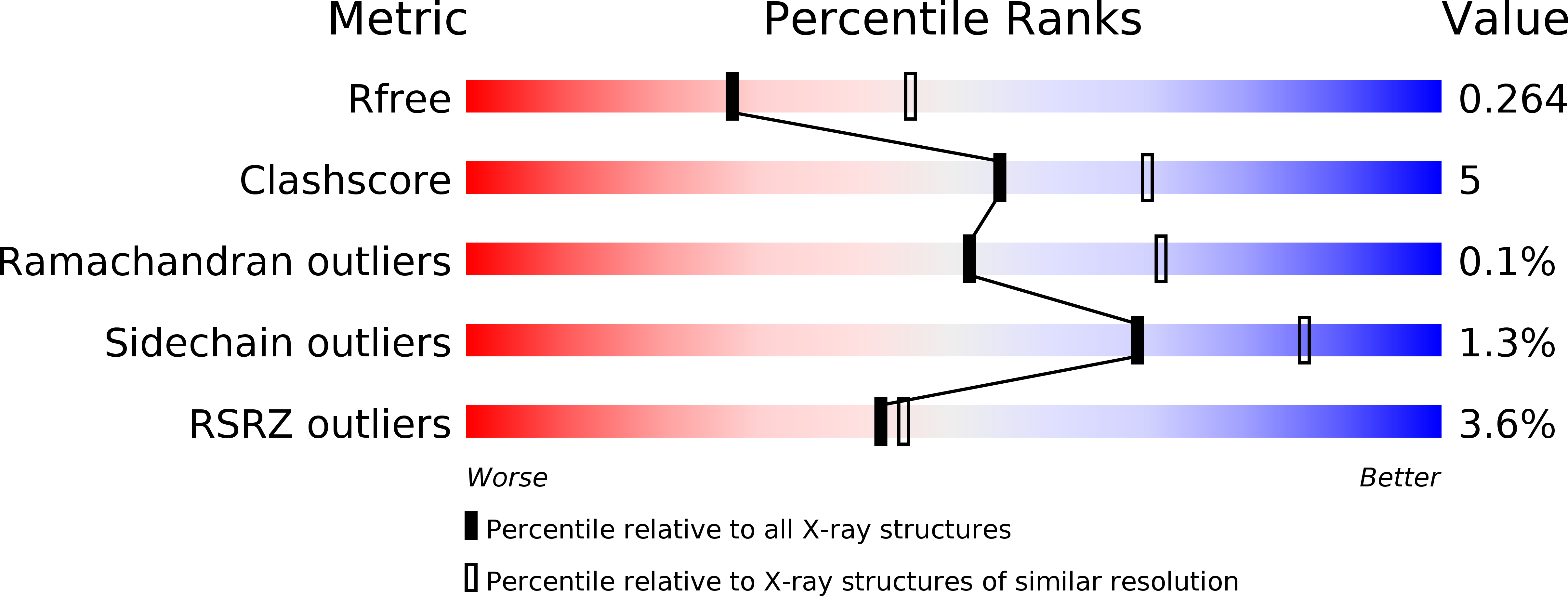
Deposition Date
2014-12-05
Release Date
2015-11-18
Last Version Date
2023-09-27
Entry Detail
PDB ID:
4X5B
Keywords:
Title:
Anthranilate phosphoribosyltransferase variant R193L from Mycobacterium tuberculosis in complex with PRPP and Mg
Biological Source:
Source Organism:
Mycobacterium tuberculosis (Taxon ID: 1773)
Host Organism:
Method Details:
Experimental Method:
Resolution:
2.47 Å
R-Value Free:
0.25
R-Value Work:
0.21
R-Value Observed:
0.21
Space Group:
C 1 2 1


